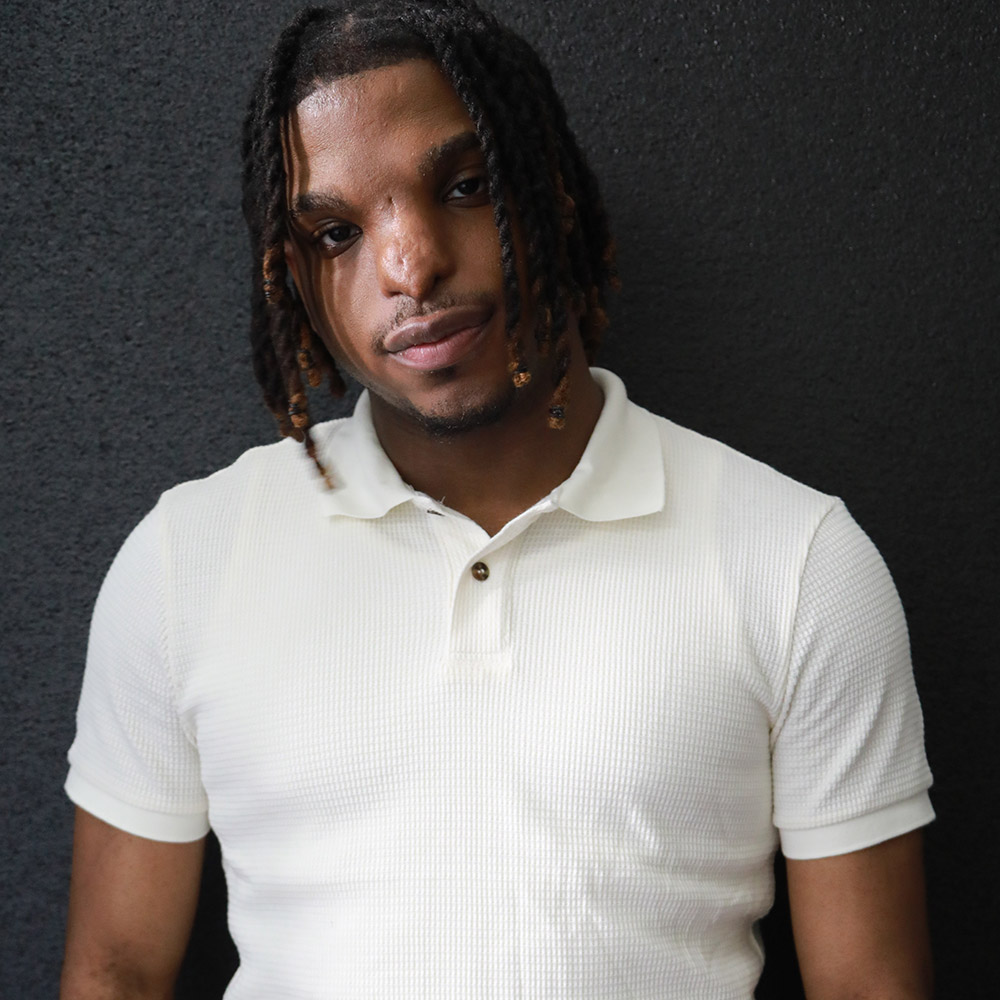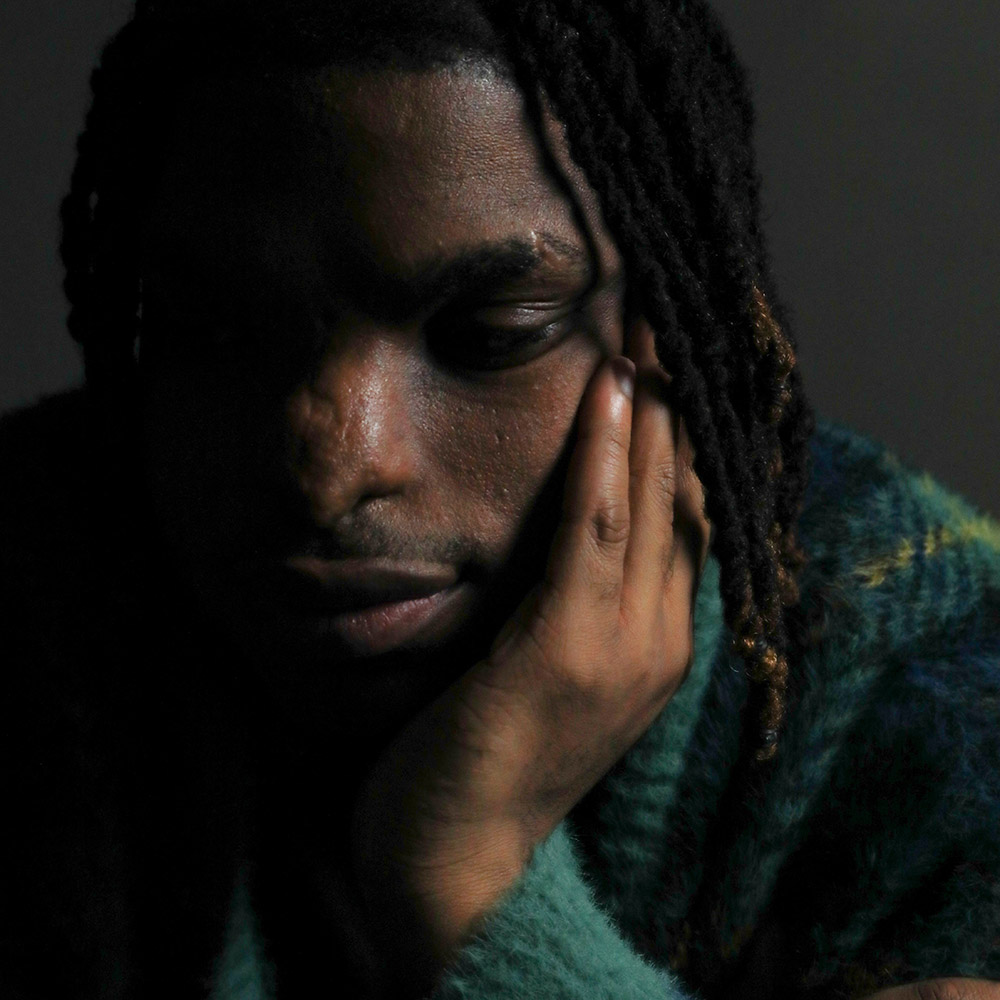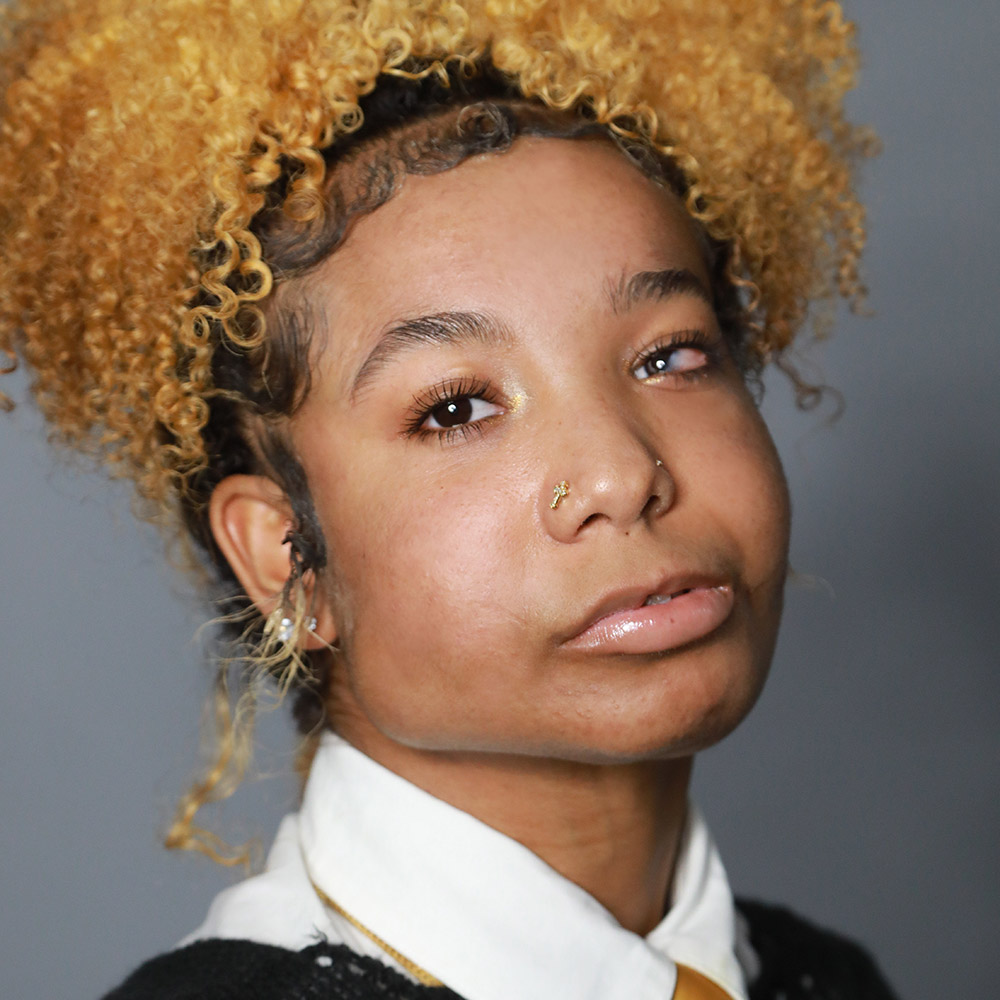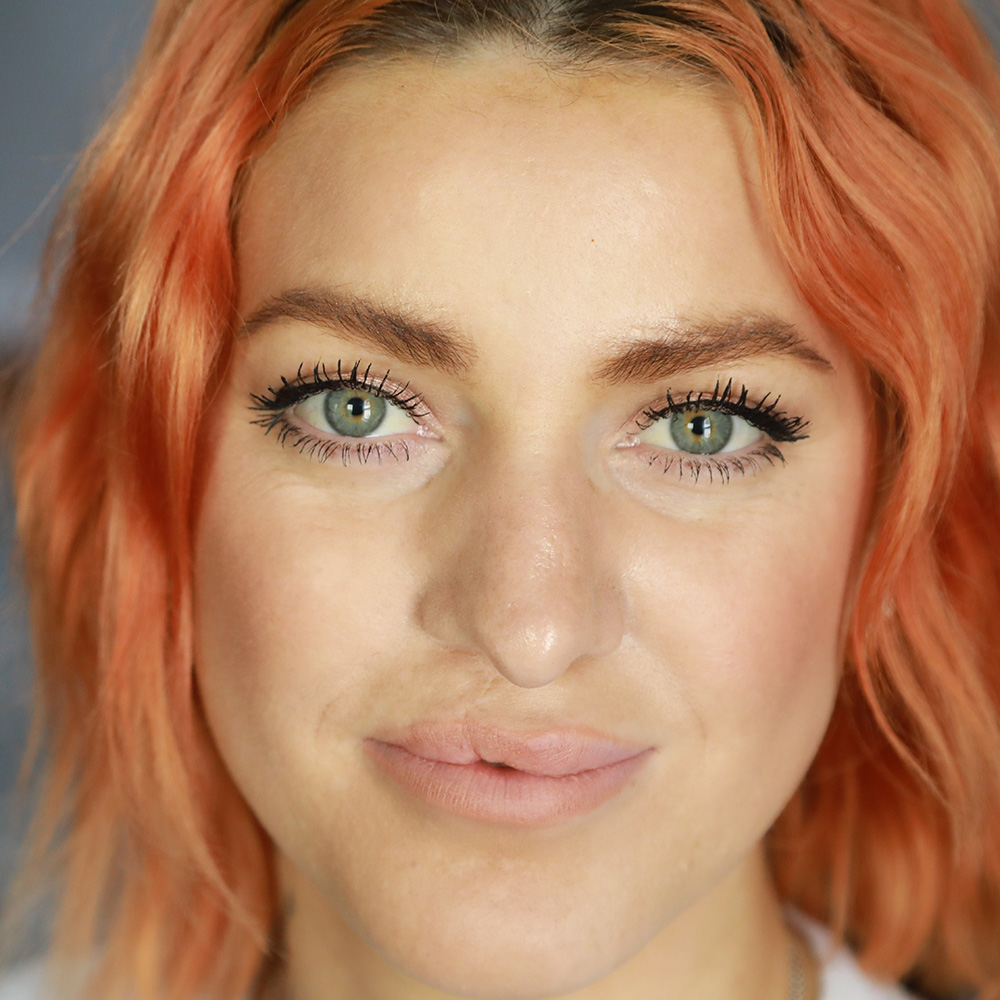

The growing use of Artificial Intelligence technology across many life contexts has brought these concerns into ever sharper focus. So, in late 2024, we launched a survey to find out more. The results are shocking.
We’re working with businesses using AI, and tech developers to address this problem. If this sounds like you, get in touch.
Download the full report
32% of participants who had tried to upload one or more photos or videos of their face to social media had experienced difficulties. This happened on platforms including Facebook, Instagram, Tiktok, Youtube, Tumblr and Snapchat. While the reason for the problem was not always specified or clear, some attempted uploads had been given content warnings by the platform. For example:

The majority of people who had used e-gates at customs had experienced difficulties, making e-gates one of the least inclusive technologies[1] measured in this survey. Among those who had tried, e-gates had never worked for 12%, only worked occasionally for 23% and worked ‘sometimes’ for another 23%. Only 27% said that they always worked for them. Some participants also expressed the acute anxiety and embarrassment which these failures can cause in such a public place:
[1] Measured according to the cumulative percentages of people indicating that it ‘never’, ‘occasionlly’ or ‘sometimes’ worked for them.

When trying to use bank account apps (or similar secure mobile apps), 14% said the technology never worked for them, 4% said it works ‘occasionally’ and 29% said it only worked ‘sometimes’. Only 21% told us that the technology worked every time. This poor performance caused very significant inconvenience and stress for some participants:

[1] See note 1 above.

Those who had tried using facial recognition to unlock their mobile phones had mixed results. 8% found that it never worked for them, and 14% told us that it only worked occasionally. In contrast, 43% said that it ‘usually’ works for them and 19% had experienced no problems with it. Examples:

This technology uses facial recognition for features such as background blurring and applying filters. Very few of our participants had used filters, so the data on this was inconclusive. However, the accuracy of background blurring performed relatively well, with 25% of participants who had used it ‘extremely satisfied’ with the way it worked for them, and 42% fairly satisfied. Some still encountered problems sometimes: